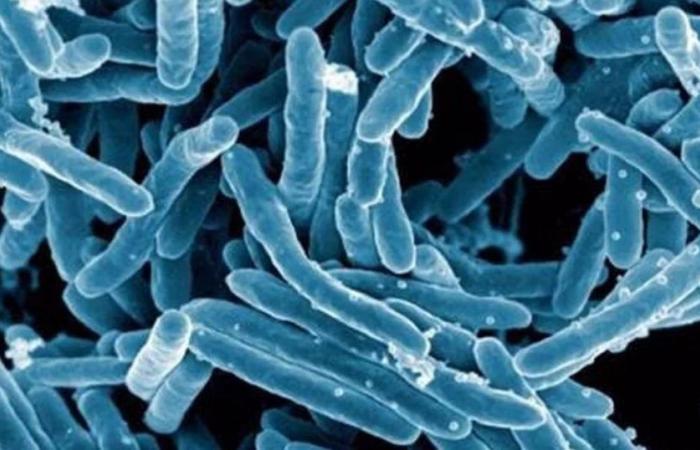An alarming increase in cases of streptococcal toxic shock syndrome (STSS) has put Japanese authorities on alert, according to the country’s National Institute of Infectious Diseases. So far in 2024, more than a thousand infections have been reported due to streptococcus A bacteriasignificantly exceeding the Historical records.
The less common variant of streptococcus A bacteria, also known as ‘flesh-eating bacteria’, was responsible for all reported infections. This bacteria can cause serious complications by producing toxins that enter the bloodstream and cause severe diseases such as toxic shock.
Experts in health, including professor of infectious diseases Ken Kikuchi, have pointed out that the growth in cases is surprising and represents an unprecedented situation. Kikuchi told local broadcaster NHK that “This gives us a feeling of crisis because something unprecedented is happening”.
Some specialists suggest that the human body’s natural ability to resist infections could have been affected by the isolation during the pandemic coronavirus. However, conventional treatments, such as antibiotics, are still effective against STSS when given early.

STSS is a serious and life-threatening condition that can cause death within 48 hours if not treated promptly. As of June 2, the institute had confirmed 977 infections and 77 deaths between January and March, a figure that already exceeds the previous high of 941 infections last year.
Japan’s Ministry of Health has also recorded an increase in the number of deaths from STSS, reaching 97 deaths last year, the second highest number in the last six years. Health authorities have recommended rigorous hygiene measures to prevent the spread of the bacteria.
Streptococcal shock syndrome initially manifests with feverchills, muscle pain, nausea and vomiting. In just 24 to 48 hourspatients can develop hypotension (low blood pressure), organ failure, tachycardia and tachypnea (rapid breathing).
According to medical sources, in extreme life or death situations it may be necessary to remove tissues and damaged organs to save the infected. On the other hand, the clinical picture worsens when the bacteria They reach deep tissues and the bloodstream.
If not treated in time, the disease can evolve rapidly. In the most severe cases, it is observed necrosis on arms and legs, which explains its nickname derived from the irreversible death of the fabric.

The medical community emphasizes the importance of a intervention early to prevent complications severe and treat the infection effectively.
Although, for the moment there are no records confirmed cases of this strain, there is a history of similar infections in our country. The bacillus Vibrio vulnificuspopularly known as “the flesh-eating bacteria,” left at least seven confirmed deaths until September 2023.
It is worth emphasizing that for this bacteria to live it requires two basic conditions: a tropical climate and a body of water where sweet and salty currents mix. As an example, in 2010, 12 points on the Mexican coasts of the area of the Gulf of Mexico that presented these characteristics, in which traces of this microorganism.


